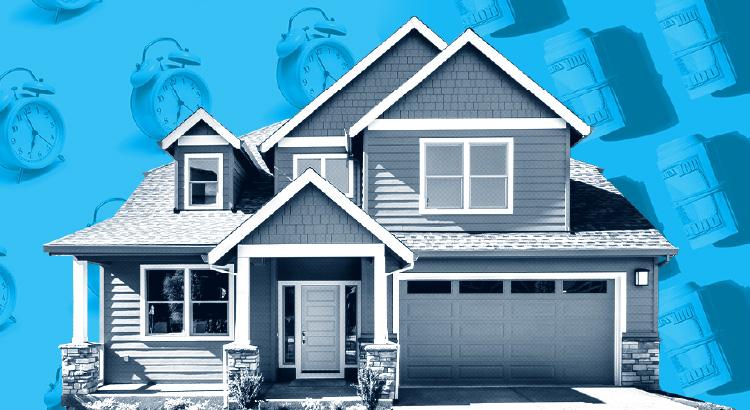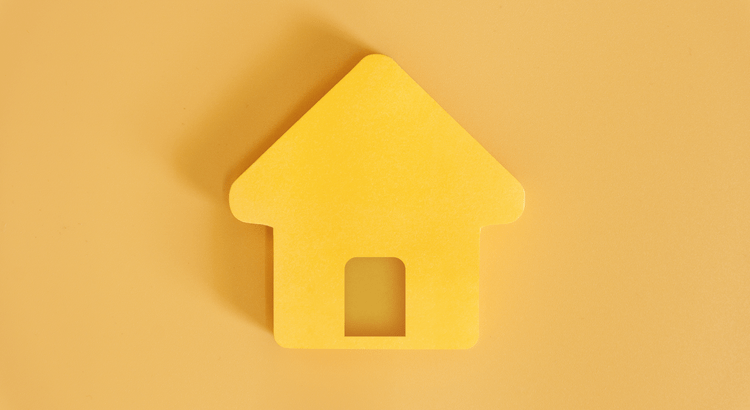
The past few years have been challenging for homebuyers, especially with higher home prices and mortgage rates.

The past few years have been challenging for homebuyers, especially with higher home prices and mortgage rates.

Have you been wondering whether you should keep renting or finally make the leap into homeownership?

Have you been wondering whether you should keep renting or finally make the leap into homeownership?

Are you torn between whether to buy a home now or wait? Consider this.

Are you torn between whether to buy a home now or wait? Consider this.

In a recent survey, the National Association of Realtors (NAR) asked sellers what they want most from a real estate agent.

In a recent survey, the National Association of Realtors (NAR) asked sellers what they want most from a real estate agent.

A recent report from Realtor.com says 20% of Americans don’t think homeownership is achievable.

A recent report from Realtor.com says 20% of Americans don’t think homeownership is achievable.

If retirement is on the horizon, now’s the time to start thinking about your next chapter.